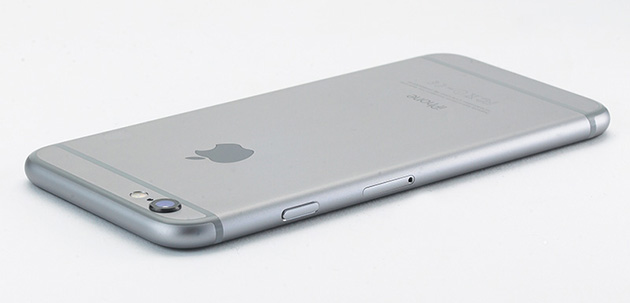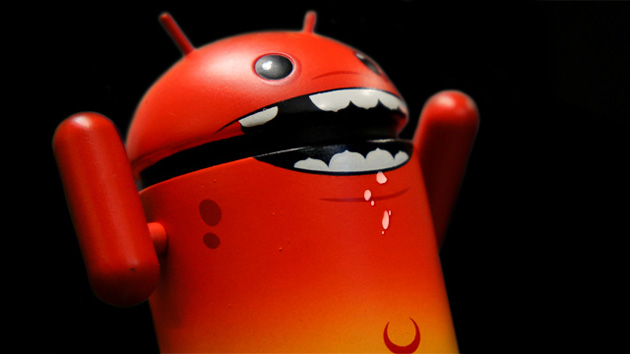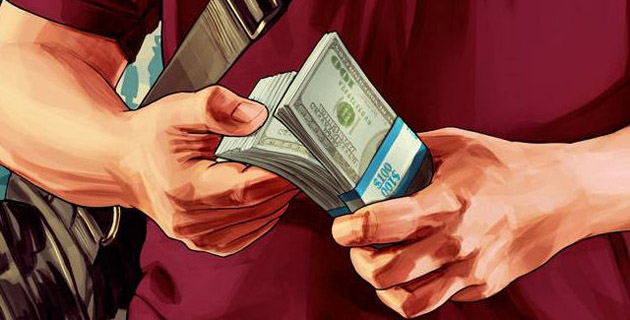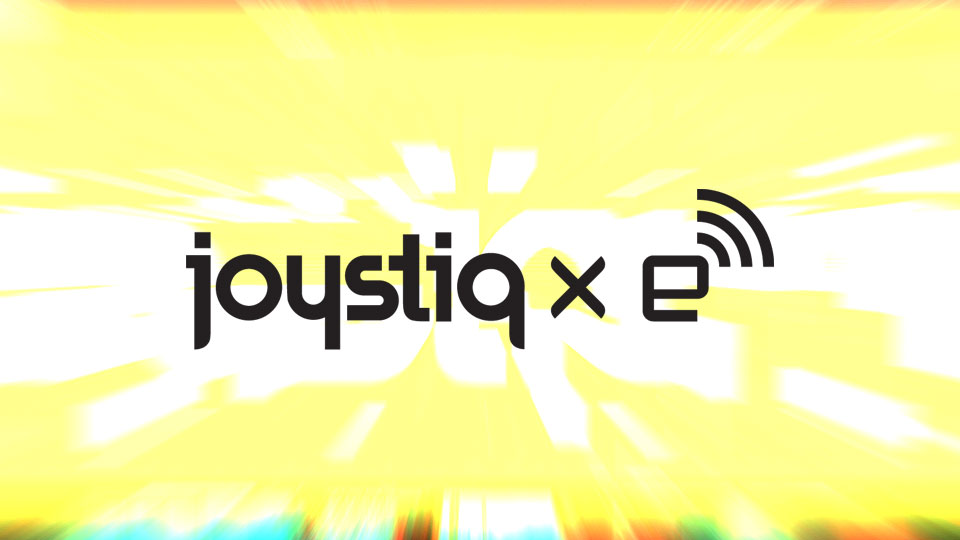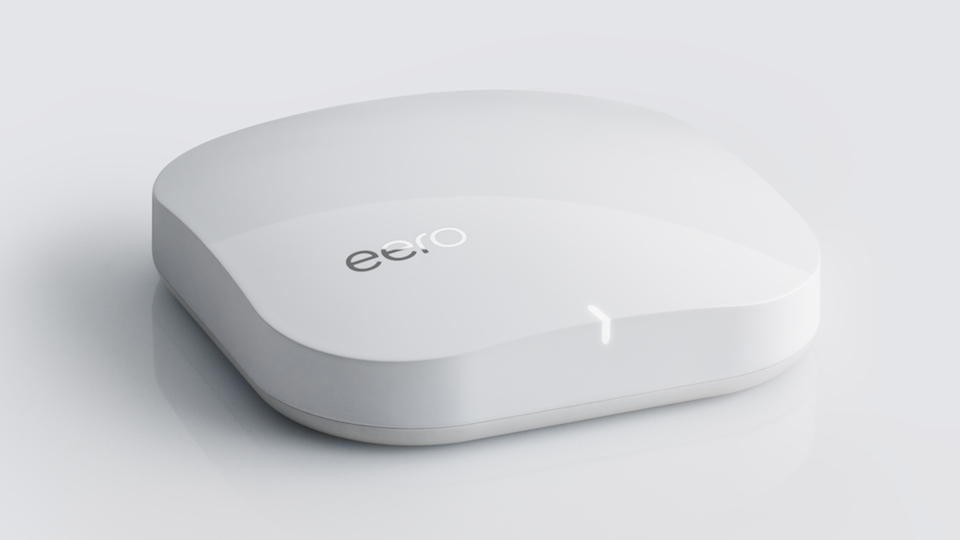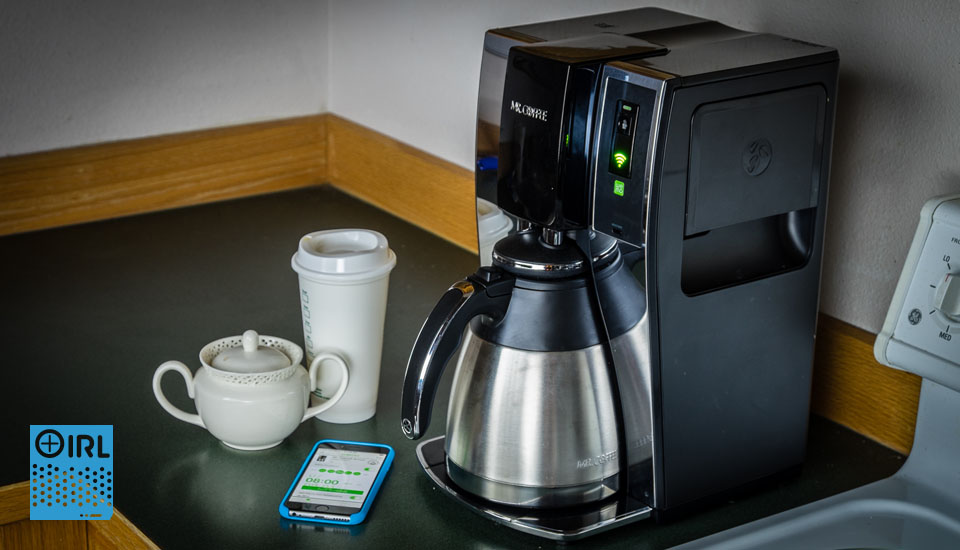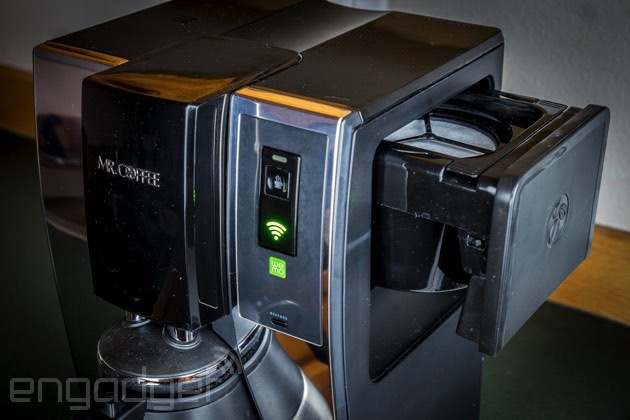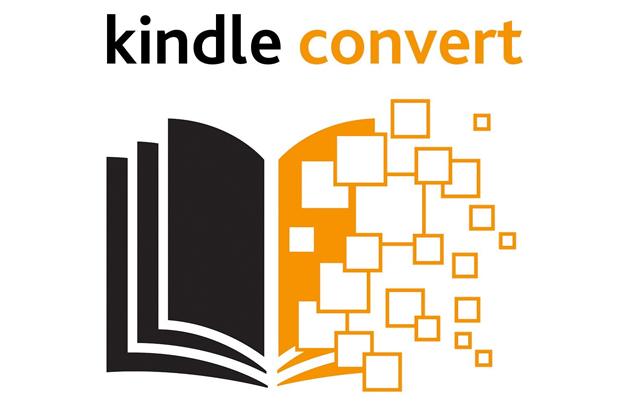Dying Light review: Breathing new life into zombie games Given how regularly zombie gaming outbreaks occur on games consoles, there's been an almost surprising lack of the undead on new-gen consoles. Well, for at least a few months. But Dying Light is here to wave its flag.
Although it may not offer anything radically different from zombie games of yore, it has been impressively executed, bringing an altogether higher level of graphical polish and believability to the genre which, in turn, leads to some deliciously chilling and often genuinely scary moments.
You would expect nothing less from developer Techland, mind, since it already displayed its zombie-generating chops with 2011's Dead Island, which probably counts as some sort of elaborate dress rehearsal. So does Dying Light breathe new life into the zombie genre in 2015?
Unsurprisingly, there are aspects of Dying Light which feel somewhat like Dead Island, but it's a very different beast of a game in many crucial respects. Tonally, for example: Dead Island was cartoonish and willing to try anything â€" however outlandish that was, in order to shock and amuse â€" whereas Dying Light is pretty serious and, unusually for a zombie game, believable. Realism, rather than schlock-horror, is its default setting.
Genre mash-up
Dying Light's introductory moments put you more in mind of the likes of Call of Duty than Dead Island. You play Kyle Crane, an operative for the Global Relief Effort, aka the GRE, which despite its name has a suspiciously military whiff to it. You're parachuted into Harran, a fictional North African city which has been quarantined following the outbreak of a virus that, naturally, turns people into zombies.

The GRE has been dropping supplies of Antizin into Harran â€" which slows the progression of the virus â€" and your mission is to recover sensitive information about the outbreak stolen by a GRE operative who went rogue. From the off, things go a bit pear-shaped: you're instantly bitten by a zombie, and rescued by a rag-tag bunch of survivors holed out in a tower block.
Their leader, Brecken, is an ex-parkour instructor so, handily, teaches you his skills. Thus, you can flow across the city's rooftops in impressive style â€" handily, since (as everybody knows) zombies can't climb. Dying Light's jumping-and-climbing control system is a bit quirky, but works beautifully once you get to grips with it.
Fight for survival
Like Dead Island, there's a comprehensive crafting and upgrading system which lets you turn pipes, baseball bats and the like into deadly zombie-battering weapons; you soon learn how to make things like firecrackers, which attract zombies to them and can, in turn, make pools of oil into environmental weapons.
As you perform initial missions for Brecken and his crew, you swiftly develop an emotional attachment to them, which is soon challenged by the orders you receive from the GRE. Brecken's crew aren't the only survivors; some of Harran's inhabitants stayed alive, but they are routinely terrorised and extorted by a warlord called Rais, who has assembled an army of thugs â€" Rais's crew has a monopoly on the city's guns, so when you start performing missions for them (after something of a plot change-up), guns do start coming into play. But they are dangerous to use if you're on the ground, since the noise they make attracts hordes of zombies.

The face-off between zombies and different human factions provides one great mechanic that leads to interesting gameplay, but perhaps the game's most significant mechanism is the disparity between night and day. Harran is a terrifying place after dark, since that's when the particularly exotic zombies come out to play, notably the Volatiles, which are fast-moving and sufficiently aware to annoy those who maintain zombies should only ever shamble at best. You can daze them with a UV torch or flares, but running away from them is your best bet.
Daylight is your friend
Even in the daytime, there are plenty of different types of zombies to be found, including tanks which can take a lot of damage (it's always worth stocking up on Molotov cocktails for them), zombies which spit at you, zombies which explode in a glorious mess of entrails (that can effectively be used as bombs if you're savvy) and Screamers, whose shrieks temporarily stun you. And at night, as well as the Volatiles, you might encounter the Night Hunter, which is a kind of superhuman zombie.
You can even play as the Night Hunter, thanks to Dying Light's "Be A Zombie" mode. This pits four co-op players, tasked with destroying the nests of Volatiles, against another player controlling a Night Hunter â€" and is effectively a boss-battle, with a player-controlled boss. It's good fun, but pretty hardcore. Plus, the whole game supports drop-in-drop-out co-operative play with up to three of your mates.

There's a full levelling-up system, with three skill-upgrade trees, entitled Survivor, Agility and Power: you earn points for the former by completing story quests, side-quests and challenges (which often involve navigating obstacle courses), of which there are plenty â€" Dying Light is a satisfyingly meaty game. And as you leap from rooftop to rooftop, or bash out the brains of zombies just for the hell of it, you earn Agility and Survivor points. Techland, sensibly, has kept those upgrade trees more manageable and understandable than is usual for an open-world game.
Sure, it isn't a perfect game. Some of the human characters you meet (most of whom are commendably eccentric) are rather badly animated, which jars, given how realistic other elements of the game are. And you do occasionally encounter gaming clichés, such as radio towers which could have been lifted wholesale from Far Cry. Plus sometimes you have to be annoyingly pixel-perfect when highlighting objects and door-handles. But those are niggles rather than major flaws â€" perhaps that's why the boxed copy has been delayed by a month, in light of forthcoming updates.
Verdict
It's true that Dying Light has no gimmick which would allow it to instantly distinguish itself from all the zombie games that have gone before â€" but we would argue that it's all the better for that.
The parkour engine adds a clever flavour of Assassin's Creed meets Mirror's Edge to the proceedings, and thanks to some superb level-design (the city is very vertical, and buildings, for example, are studded with fall-cushioning awnings) it has massive impact on the gameplay.
In many ways Dying Light sets new standards: it is by far the best-looking zombie game yet and, more or less uniquely for its genre, is a startlingly plausible portrait of what a city would be like after a viral outbreak had zombified the majority of its inhabitants. If, of course, you happened to be a parkour master.
Zombie games aren't necessarily supposed to be plausible and believable, but Dying Light pulls it off. Throw in an excellent asymmetric super-zombie-versus-co-op-humans mode, and you've got an absolute winner for anyone with a soft spot for zombie games.

